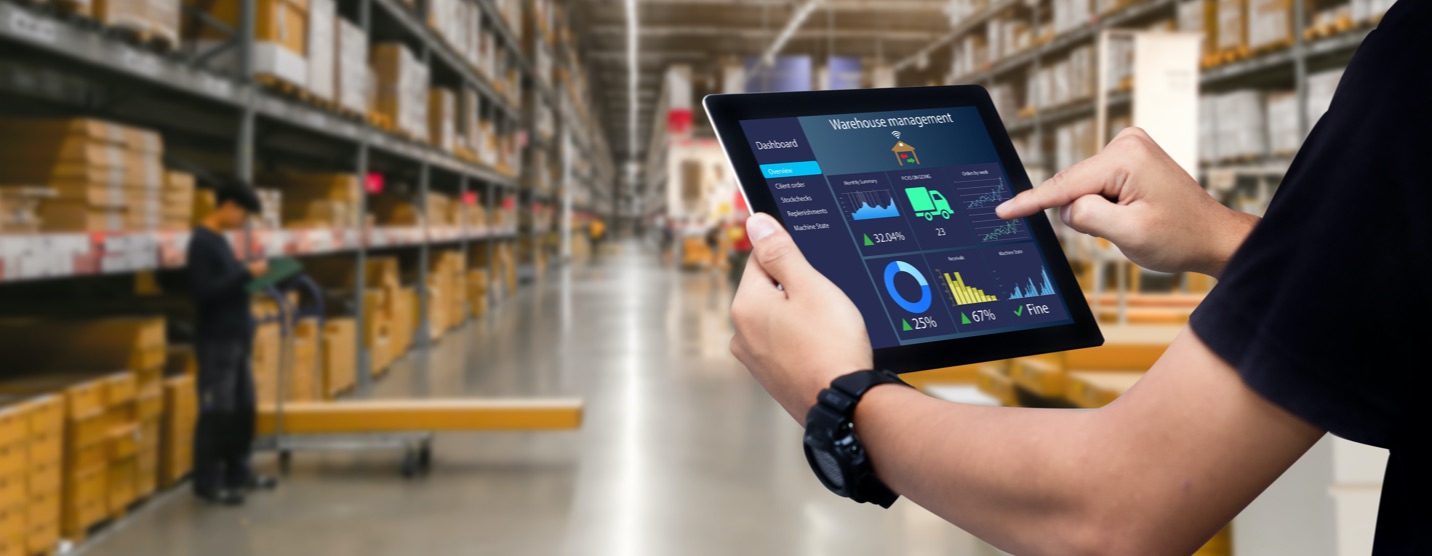MODERNIZATION
4 Reasons to Switch to Headless Technology
MODERNIZATION
4 Reasons to Switch to Headless Technology


While the term “headless” technology might sound a bit silly upon first hearing it, we can assure you that businesses around the world think there’s nothing even remotely silly about it.

4 Reasons Why You Should Switch to Headless Technology
The idea behind headless eCommerce is based on separating the front-end layer of a website from the back-end layer. It’s trading an old, cumbersome system with low flexibility and many potential issues, for a system that offers complete flexibility and design freedom.
While there are many reasons why a company might want to switch to a headless eCommerce system and take advantage of that flexibility and freedom, here are four of the most common:
1. Your Content Needs Are Growing
At the heart of any website is content, and with the consumption of content constantly on the rise, regularly publishing timely, informative content can pose a rather formidable challenge. In fact, it’s not uncommon for marketing teams to have several contributors writing and designing content, which, in itself, can be quite a juggling act, with keeping track of who is writing what and managing different permission levels. Additionally, the user interface of content management systems (CMS) can be more than a little clunky, requiring a level of coding that marketing teams typically don’t possess. Making the creation of content a more efficient process through the use of a headless eCommerce platform increases the likelihood that your customers will complete their purchases. It enables you to create product categorization and filters, providing your customers with the ability to quickly search for specific items. You can easily display offers and deals, add discount coupons, and tout your brand’s unique selling points, all of which contribute to creating more conversions.

2. Your Product Catalog Is Growing
As you add more products to your catalog, you need a reliable product information management system (PIMS) that allows you to easily create new product pages, update product detail information, merchandise, and promote products. While this function should be something that a business user could easily take care of, the tools to do so can be difficult to use, requiring a level of expertise that business users typically don’t possess. That means a developer usually needs to get involved. A headless platform gives business users the flexibility to make any change at any time, without the need for a developer. This level of flexibility is often the sole reason why so many companies choose to make the switch to a headless platform.

You’ve got to start with the customer experience and
work backward toward the technology -
not the other way around.
STEVE JOBS

3. You Need To Modernize a Tool
Whenever you’re working with a complex system of interconnected components, there are going to be instances where certain components continue to work well, and others that need to be repaired or replaced. The same is true for eCommerce platforms, where your backend CMS might be working perfectly fine, but some of your frontend components, like product recommendations, A/B testing, or personalization, could do with some improvement. Perhaps the accounting department is considering changing providers for Enterprise Resource Planning (ERP) services, or the sales team wants to change their Customer Relationship Manager (CRM) vendor, but because those pieces are connected to your larger eCommerce platform, changing out any of these components will affect the entire eCommerce platform. That’s one of the key benefits of a headless eCommerce system. Since the front-end is decoupled from the back-end, you can address any issue with any component without negatively impacting any other components. Plus, you can do this incrementally without having to address the whole platform at once.

4. Your Developers Don’t Have the Bandwidth
One of the most common issues when it comes to working with a traditional eCommerce platform is that when you want to make an update it usually requires the talents of a developer. For example, let’s say you want to create a new marketing landing page or cut product prices for a new promotion, but those tasks require a developer and there isn’t one available. The fact is, developers are not just busy, but they’re usually involved with larger technology-related projects that have a higher priority than your needs. Waiting for a developer to create that marketing landing page or cut those product prices could take multiple sprint cycles. Since a headless eCommerce platform doesn’t require a developer, you can make any necessary changes you want when you want, without being dependent on outside assistance.

Get Ahead (and Stay Ahead) of the Competition
The level of competition in the eCommerce world is such that companies must do everything and anything they can to gain an advantage over their competitors. One of the most effective and lasting ways for you to gain that advantage is to make the jump to a headless eCommerce platform. By having the flexibility and efficiency to always provide your customers with the best user experience possible, a headless platform might just be the answer you’ve been looking for.
Want even more educational content?
Subscribe below to get timely content delivered to your inbox,
or fill out the form below to speak to a Peakster about your next project.

DIGITAL MARKETING
Top 10 Photos of Developers Staring At Screens

DIGITAL STRATEGY
5 Ways Retailers Can Make Influencer Marketing More Influential

ECOMMERCE